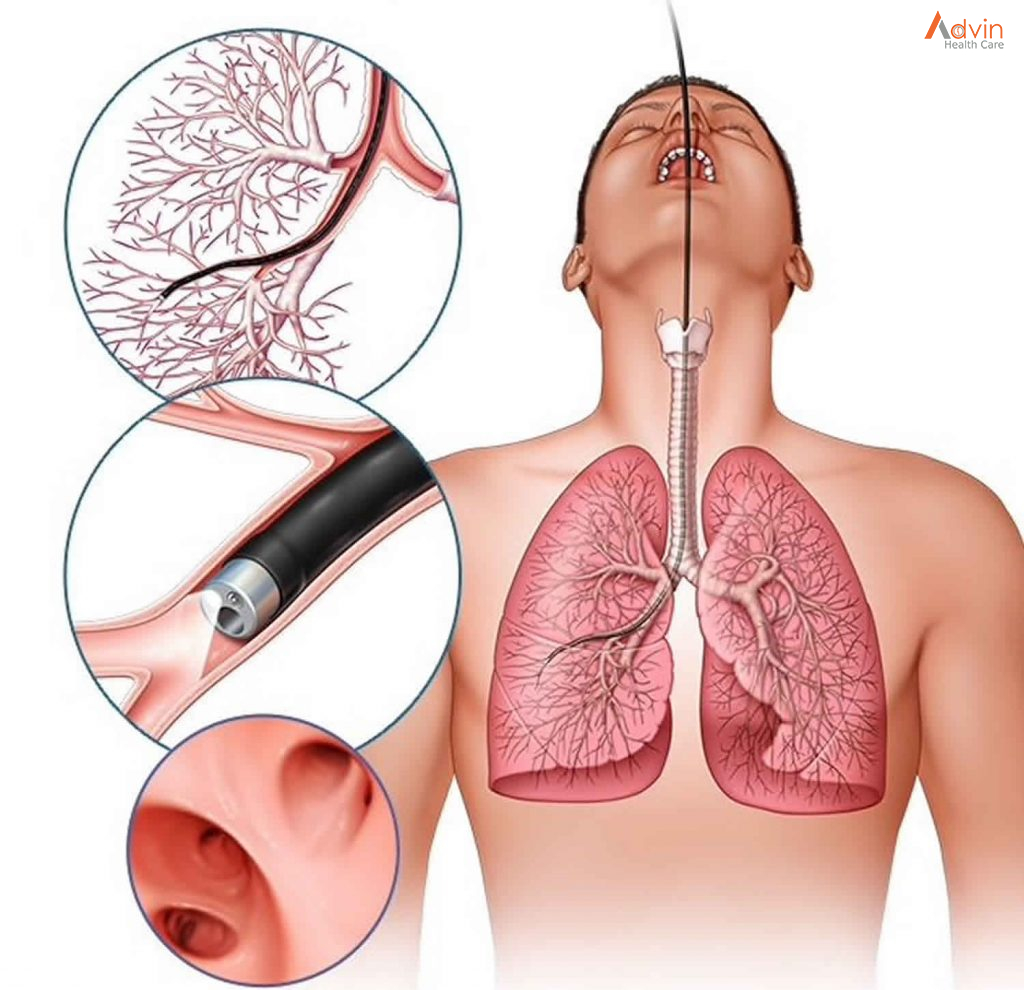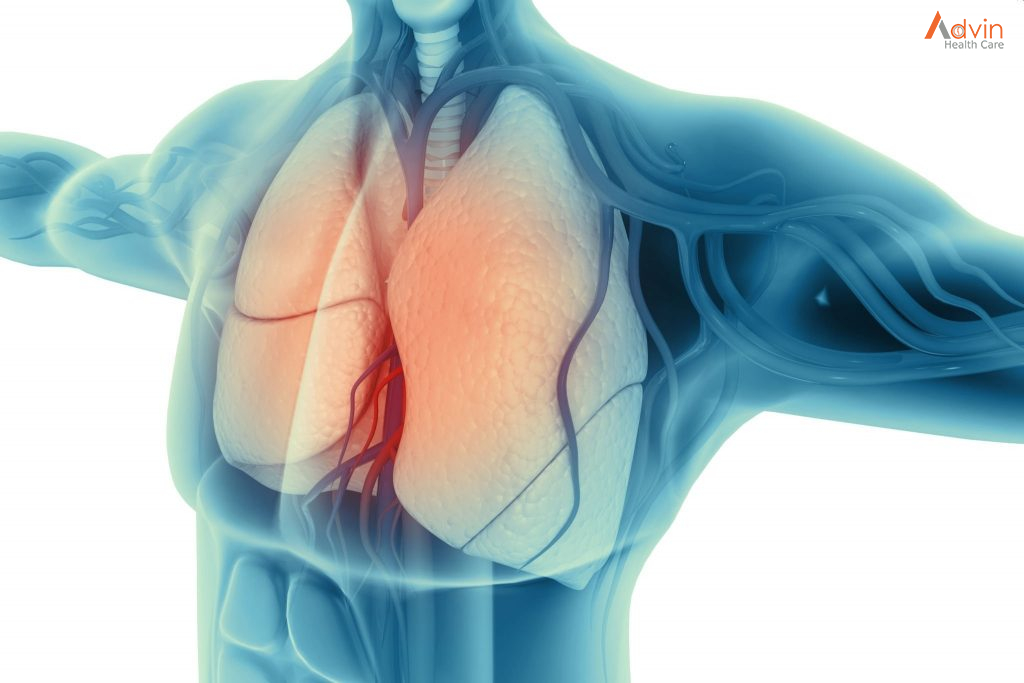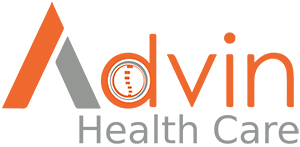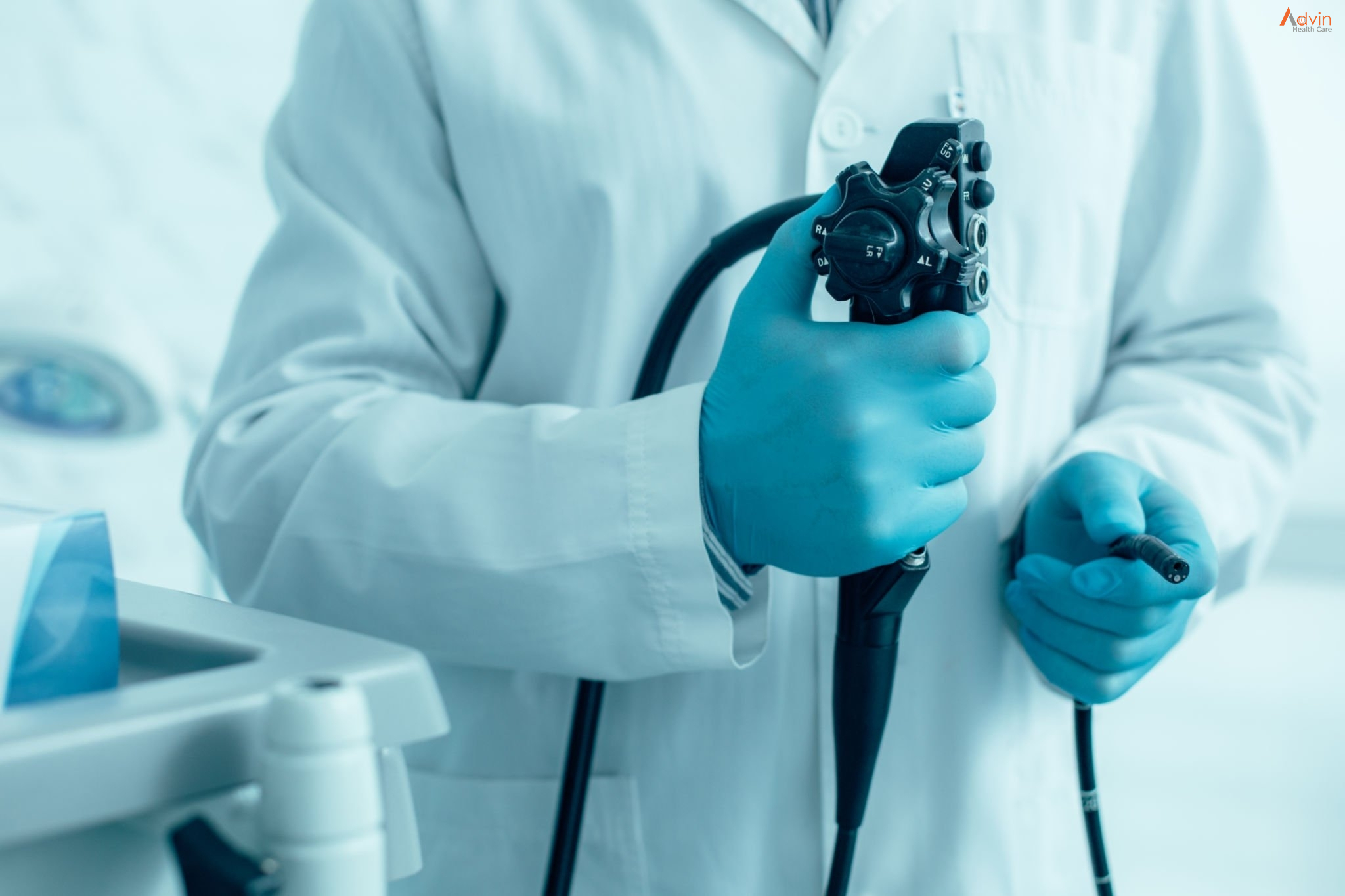Bronchoscopy is a procedure that lets doctors look at your lungs and air passages. It’s usually performed by a doctor who specializes in lung disorders (a pulmonologist). During bronchoscopy, a thin tube (bronchoscope) is passed through your nose or mouth, down your throat and into your lungs.
Bronchoscopy is most commonly performed using a flexible bronchoscope. However, in certain situations, such as if there’s a lot of bleeding in your lungs or a large object is stuck in your airway, a rigid bronchoscope may be needed.
Common reasons for needing bronchoscopy are a persistent cough, infection or something unusual seen on a chest X-ray or other test.
Bronchoscopy can also be used to obtain samples of mucus or tissue, to remove foreign bodies or other blockages from the airways or lungs, or to provide treatment for lung problems.
What is bronchoscopy?
Bronchoscopy is a procedure to look directly at the airways in the lungs using a thin, lighted tube (bronchoscope). The bronchoscope is put in the nose or mouth. It is moved down the throat and windpipe (trachea), and into the airways. A healthcare provider can then see the voice box (larynx), trachea, large airways to the lungs (bronchi), and smaller branches of the bronchi (bronchioles).
There are 2 types of bronchoscopes: flexible and rigid. Both types come in different widths.
A rigid bronchoscope is a straight tube. It’s only used to view the larger airways. It may be used within the bronchi to:
- Remove a large number of secretions or blood
- Control bleeding
- Remove foreign objects
- Remove diseased tissue (lesions)
- Do procedures, such as stents and other treatments
A flexible bronchoscope is used more often. Unlike the rigid scope, it can be moved down into the smaller airways (bronchioles). The flexible bronchoscope may be used to:
- Place a breathing tube in the airway to help give oxygen
- Suction out secretions
- Take tissue samples (biopsy)
- Put medicine into the lungs
Why might I need bronchoscopy?

A bronchoscopy may be done to diagnose and treat lung problems such as:
- Tumors or bronchial cancer
- Airway blockage (obstruction)
- Narrowed areas in airways (strictures)
- Inflammation and infections such as tuberculosis (TB), pneumonia, and fungal or parasitic lung infections
- Interstitial pulmonary disease
- Causes of persistent cough
- Causes of coughing up blood
- Spots seen on chest X-rays
- Vocal cord paralysis
Diagnostic procedures or treatments that are done with bronchoscopy include:
- Biopsy of tissue
- Collection of sputum
- Fluid put into the lungs and then removed (bronchoalveolar lavage or BAL) to diagnose lung disorders
- Removal of secretions, blood, mucus plugs, or growths (polyps) to clear airways
- Control of bleeding in the bronchi
- Removing foreign objects or other blockages
- Laser therapy or radiation treatment for bronchial tumors
- Placement of a small tube (stent) to keep an airway open (stent placement)
- Draining an area of pus (abscess)
Your healthcare provider may also have other reasons to advise a bronchoscopy.
How do I prepare for bronchoscopy?
Your healthcare providers will give you specific instructions about how to prepare.
You’ll need to fast (not eat or drink) for a certain period of time before the procedure. You may also have to stop taking certain medications that can thin your blood, like warfarin.
You will have a sedative or anesthesia before the procedure. You should plan on having someone available to drive you home afterward.
What happens during a bronchoscopy?

The entire bronchoscopy procedure typically takes from 30 minutes to a couple of hours. It’s usually performed in a hospital as an outpatient procedure. During a bronchoscopy:
- You lie on a bed or table with your head propped up.
- Your provider inserts an IV into your arm to deliver a sedative to help you relax. Some people may prefer to be asleep for the procedure. Rigid bronchoscopy and certain types of flexible bronchoscopy usually requires general anesthesia (being asleep). You and your provider can decide if general anesthesia is right for you.
- Your provider applies a numbing spray to your mouth (or nose) and throat.
- Once the area is numb and you are sedated, the provider inserts the bronchoscope through your nose or mouth and down into your windpipe to your lungs.
- After the procedure, the provider gently removes the bronchoscope. Your healthcare team monitors your condition until you are fully awake.
What happens after a bronchoscopy?
Bronchoscopy is an outpatient procedure, so you will not need to spend the night in the hospital. Patients can typically go home within a few hours of the procedure.
Your healthcare team will monitor you after the procedure to ensure you are breathing and swallowing properly. It will take a couple of hours for the numbness in your throat to wear off. You may have a sore throat, cough or hoarseness after the procedure for the next 24 hours.
Your healthcare team will let you know when you should expect test results and when you should schedule a follow-up appointment.

